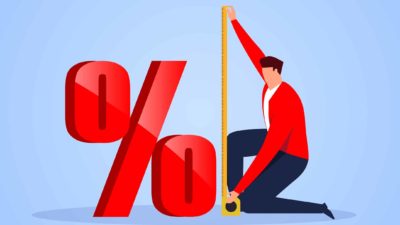Unless you've been camping out in Woop Woop for the past year you'll know that payments platform Afterpay Touch Group Ltd (ASX: APT) is the hottest stock on the S&P/ ASX200 (ASX: XJO) right now.
Analysts, media commentators, regulators and its evangelical-like retail shareholder base have all weighed in with differing views on the business, while blue-chip payments giant Visa Inc. also recently flagged that it's to launch a competing buy now, pay later product.
This week the powerful analysts at Goldman Sachs also updated their analysis on the business with a particular look at the increasing competition Afterpay faces in the US and UK.
Here's how Goldman's sees some of the key competitive risks according to a July 8 research note.
Afterpay's UK business named Clearpay is still in its early stages and the group is investing heavily in winning market share there, with marquee signings such as JD Sports and Urban Outfitters.
However, looking at its website it has not yet attracted many other big names in the UK retail scene.
Goldman's also flags how Clearpay is currently playing second fiddle to Swedish buy now, pay later group Klarna that "operates across Northern Europe, the UK and the US. On its website it states that it has 60mn (million) end-customers, 130,000 merchants and processes 1mn transactions a day across all of its markets." As we can see Klarna is a serious competitor then.
According to Goldman's analysis Clearpay is "considerably lagging" Klarna in the UK, with Goldman's citing a March 2019 UK retail industry report claiming Klarna may have more than 4 million UK customers as at July 2019.
Klarna's App is also reportedly getting heavy download traction in the U.S. and is offered on a similar four quarterly instalments payment basis to Afterpay.
Goldman's also flags how another well funded buy now, pay later player in the U.S. named Affirm has a partnership with retail giant Walmart, but views Affirm as targeting a different retail market to Afterpay's largely millennial users.
However, we also shouldn't forget how the impact of Visa Inc's move remains an unknown for investors.
In Australia of course it's primary rival is Z1P Co Ltd (ASX: Z1p), while another in Splitit Ltd (ASX: SPT) appeared on the ASX this year, but has little credibility given its lack of merchants or shoppers.
Despite the rising competition, Goldman's generally remains positive on Afterpay's growth prospects, which is logical given its secret sauce appears to be fuelling outrageous momentum behind the business.
Valuation
While the competitive landscape is interesting for investors the key to making money is buying shares on the right valuation.
So let's take a look at Goldman's profit estimates for the next couple of years.
As FY 2019's numbers shouldn't be a huge surprise, let's consider that for FY 2020 Goldman's is forecasting a net profit of $50 million on revenue of $472.2 million, which would translate into earnings of 19 cents per share on a price-to-earnings ratio of 145.4.
For FY 2021 it's forecasting a net profit of $155 million on revenue of $819.5 million, which would translate into earnings of 57 cents per share on a price-to-earnings ratio of 47.3. By comparison it expects revenue for FY 2019 to come in at just $255.8 million.
We can see then that Goldman's is factoring in some very aggressive growth assumptions to reach its 12-month price target of $27.15.
Yesterday, the stock retreated around 5% to $25.69 on the back of Goldman's update and it's not hard to see why.
I'd agree with Goldman's in sitting on the fence with a "hold" or "neutral" rating on current valuations given the considerable downside risk if Afterpay does not get close to these kind of profit forecasts.
As we've seen it faces many risks over the next 24 months; including rising competition, regulation, and the potential for sales volumes at its core Australian business to flatten out or even fall if the economy takes a turn for the worse.
On the other hand if Afterpay does meet these kind of aggressive profit growth forecasts I expect the shares will race far higher over the next 24 months and more.








